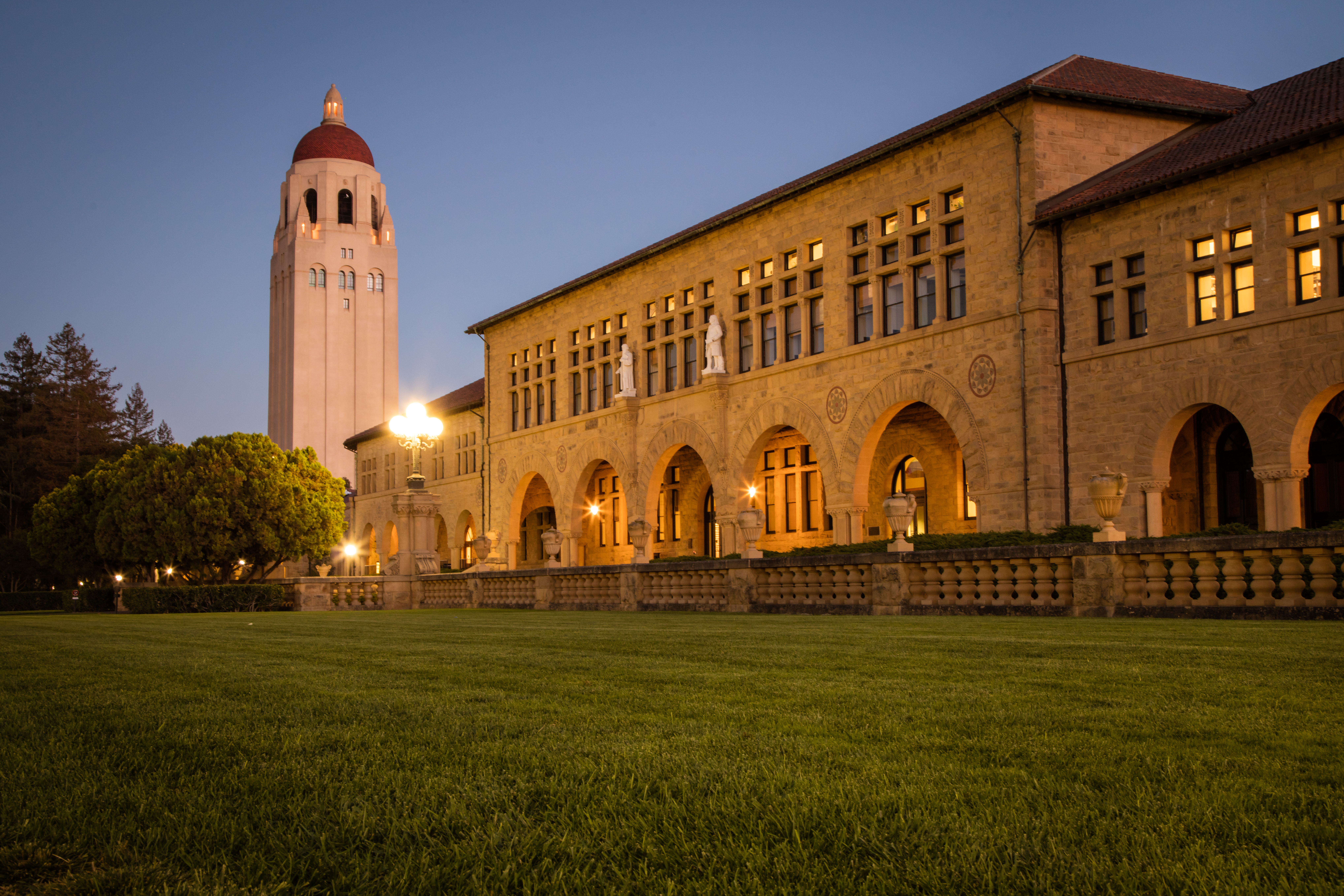Jonathan Garcia is currently a graduate student in the Master of Liberal Arts program. He also works in the Inclusion, Diversity & Purpose department for Discord. He is from Fontana, California.
This is my first year on the Stanford campus. As we draw near the end of spring, I am left with a resounding wondering, which I think is shared by my peers — is it always like this?
This question brings me deep shame, as I am met with an obvious answer from within myself — of course, and you knew better. It must be.
With yet another egregious incident of anti-Black racism and violence — the second time that a noose has been found on University grounds during this academic year — our student population is not left with many other conclusions.
As I am learning, Stanford is a rather small school. It presents as very large but our community is small and insular. So acts such as these are especially incendiary. We walk past these people every day.
Something about racism that I think gets lost in the perpetual shuffle of diversionary tactics — denials, institutional bureaucracy, statements, panel discussions, academic research, a lack of statements and other forms of misdirection — is that racism brings you closer to death.
It is about killing people. It is that simple.
Sunday’s affairs have shortened the life span of students on campus. They take hold of space in the brain, and they manifest as a tightness in the body. They tire and weigh down on. They impact the quality of education that we can receive. They contribute to attrition on campus. Friendships wilt. Glances are exchanged, and sighs are shared. And for some, irreversible damage has been caused.
Some will never feel safe again in our community. To some others, this may not feel like a major concern, but it should be. Because we can never get those people and their trust back — nor do we deserve that until we receive true answers and solutions.
We cannot be surprised that these actions keep happening in this space we share.
When you invite prominent guest speakers with long histories of racism and discrimination, when you allow student organizations which antagonize historically marginalized groups to operate on campus, when your student body has been, and continues to be, homogenous at the intersections of privilege — these are the kind of responses that become emboldened on campus.
This is the culture we sit on at Stanford.
This is the Petri dish that breeds organisms of hate, bigotry and ignorance. It is actually the perfect setting. We cannot be absolved by blaming this all on a few bad actors.
Walking through Stanford can be very difficult for anyone not occupying a position of power — I know it has been for me. I have been asked to verify that I am a student on campus multiple times — even by my classmates. When incidents like this occur, you begin to question if you are making up an alternate reality, externally, to validate your feelings, internally. You begin to make excuses for the behavior you are experiencing: Am I exaggerating? Did that really happen? Maybe I am taking this way too personally.
This is the great trick that whiteness plays on everyone, including white people — that whiteness is a construction made by each of us, not a construction of the larger system and the history that we share. It prevents you from listening to your intuition. It makes you question what you know and feel. And if whiteness can convince you that you are the one making up these problems, then that means you are alone in solving them. It creates a sense of isolation, and you cannot trust the feelings that you have, nor their sources. And if you determine that you cannot trust yourself, then you surely cannot trust anyone else, which in turn leads to the antagonization and hatred of people who are different from you.
This is the state of vulnerability and fear that white supremacy feeds on. It makes us quiet when we should be loud. But knowing about this tactic does not make it any easier. Writing this article has not made me feel any better.
I want to be very clear: these recent attacks affect our Black community members first and foremost, and it is their well-being and voices that we should be centering.
But to all the non-Black people in our community, this directly impacts you as well. When one person’s safety is threatened, your safety and my safety are threatened, too. We do not treat these threats of hate accordingly because we have a history of re-founding and othering in this country, and that history has been rewarded.
We also do not treat these threats accordingly because there are rarely concrete outcomes of accountability when actions like this occur.
But all our collective well-being will crumble eventually. There are no winners in displays of white supremacy. There are only those who are harmed and those who believe they will not be harmed.
Even those who enact violence, however, are deeply impacted by its effects. It is myopic and negligent toward the history of abuses of power to assume that anyone will be left unscathed. That is why we all should take these moments personally.
With the year continuing to unravel here on campus, I return to our principal question — is it always going to be like this? This is not rhetorical. I am looking for answers from our leaders.
We need to know how to prepare for what is coming.
